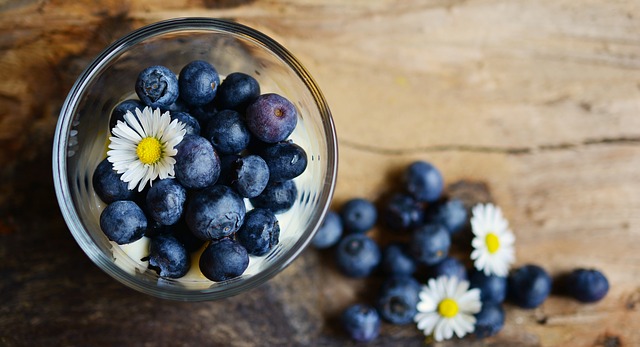Getting Enough Iron in Your Diet
Iron is a natural mineral present in many foods. Iron is also added to many food products, and is also included in multi-vitamins and as a dietary supplement. According to the National Institute of Health
Anemia in the U.S. is uncommon but not unheard of, and in seniors “unexplained anemia” is not uncommon in adults over 65 years of age. People more susceptible to anemia include children and infants, pregnant women, individuals with liver or blood disorders, frequent blood donors, people with intestinal or colon disease and those with cancer.
It is uncommon for adults to suffer from too much iron but taking more than 20 mg/kg iron from supplements or medicines can cause stomach upset, constipation, nausea, abdominal pain, vomiting, or faintness. Iron is best taken with a meal and not on an empty stomach.
Symptoms of Anemia
The signs and symptoms of anemia are subtle and can be easily confused with other health problems both minor and serious. A simple blood test can identify if you are anemic. Be sure to consult with your doctor before adding supplements into your diet as they may need to be taken with a meal or on an empty stomach. Some supplements conflict with medications and other supplements, so be sure to check with your doctor or naturopath.
Symptoms of anemia may include:
- Fatigue
- Weakness
- Pale or yellowish skin
- Irregular heartbeats
- Shortness of breath
- Dizziness or lightheadedness
- Chest pain
- Cold hands and feet
- Headache
I’ve prepared a list of high iron foods that are suitable for everyone including those on low sugar, low glycemic and diabetic diets. With the exception of the dried apricots which are higher in sugar, but also high in iron, most are not going to dramatically raise your blood sugar when recommended portions are followed.
Food high in Iron (8-10 mg a serving)
[unordered_list style=”bullet”]
- Dried Apricots
- Apple Sauce
- Asparagus
- Avocado
- Banana
- Barley
- Beans (white)
- Beet greens (cooked)
- Beets (cooked)
- Blackberries
- Blueberries
- Broccoli
- Kimchi (cabbage based)
- Oatmeal
- Chard or Spinach (cooked)
- Lentils
- Dark Chocolate
- Tofu
- Chickpeas (aka Garbanzo beans)
- Cashews
- Chicken
- Tuna
[/unordered_list]





Recent Comments